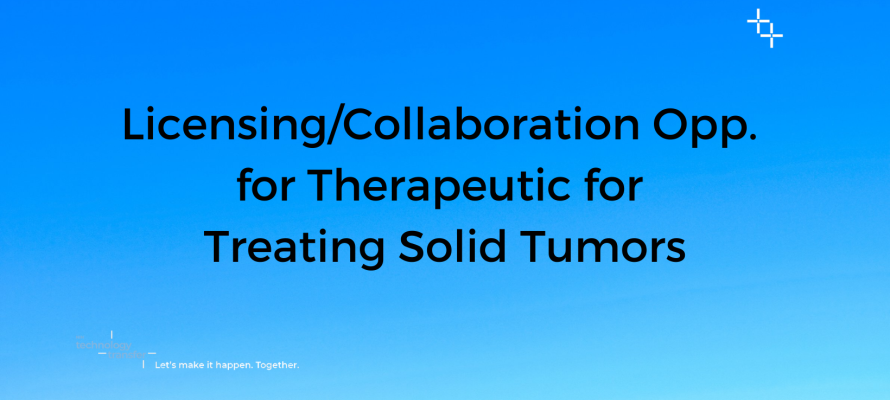Licensing/Collaboration Opportunity for a Therapeutic for Treating Solid Tumors

Inventors at the National Cancer Institute’s Laboratory of Molecular Biology have isolated three anti Programed Death-Ligand 1 (PD-L1) single domain antibodies that can be used as a therapeutic for treating solid tumors. An imbalance of PD-L1 contributes to cancer immune escape and it has been suggested that disrupting the PLD-L1/PD-1 pathway can be used to treat cancers.
These nanobodies, B2, A11, and F5, can be used as independent agents or as the targeting domain in chimeric antigen receptors (CARs), antibody drug conjugates (ADCs), recombinant immunotoxins (RITs), and bispecific antibodies. CARs using these antibodies have shown potent in vitro and in vivo killing against PD-L1 positive tumors, including liver and triple-negative breast cancer, strongly supporting that these candidates may be further developed as therapeutics.
The commercial applications of these anti-PD-L1 nanobodies include:
- Therapeutic applications such as unconjugated antibodies and their use as a targeting moiety for CARs, RITs, ADCs, and bispecific antibodies.
- Therapeutics against PD-L1-expressing cancers, including liver, bladder, pancreatic, prostate, gastric, and triple-negative breast cancer.
- Diagnostic agent for detection and monitoring levels of PD-L1-expressing cancers.
The anti-PD-L1 nanobodies have many possible competitive advantages if commercialized, including:
- Due to their small size they can potentially bind to epitopes unavailable to more conventional antibodies.
- Cross-species reactivity in mouse and human. Combination of B2 and hYP7 CARs in T cells, which improves lysis of liver cancer cells in mice compared to either CAR alone.
- CARs using the B2 single domain antibody are available for immediate testing.
If you are interested in licensing or collaborating with NCI on this technology or learning more about it, please visit the abstract.
[SINCE PUBLICATION, THIS TECHNOLOGY IS NO LONGER AVAILABLE.]
